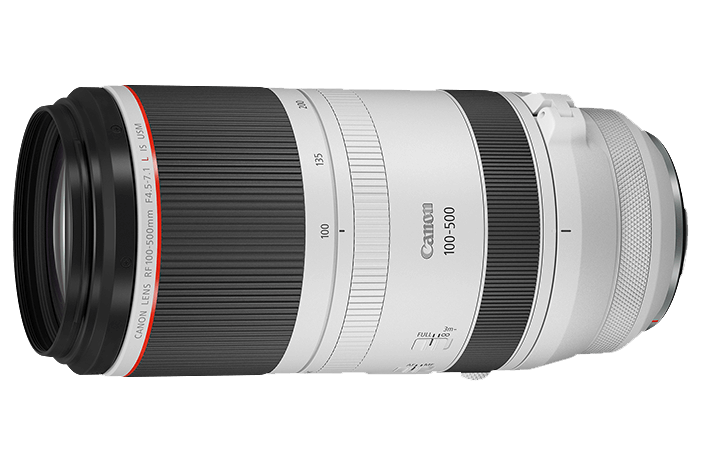A question that I personally wanted to be answered has been answered at The-Digital-Picture with the help of Canon USA.
The answer is actually quite interesting.
What is the Canon RF 100-500mm F4.5-7.1 L IS USM Lens's maximum aperture opening at 400mm?
Answer 1: When the camera is set to 1/3-stop increments, the maximum 400mm aperture is f/6.3.
Answer 2: When the camera is set to 1/2-stop increments, the maximum 400mm aperture is f/5.6.
Keep in mind that on variable aperture lenses, the camera doesn't read what the exact aperture is
I would hypothesize that the lens is actually something like f/6 at 400mm and the increment settings just decide how the camera reads the aperture. Rarely are apertures 100% accurate on variable aperture lenses. I haven't yet seen a patent with this exact optical formula to know what it is at 400mm from a design point of view.
Hopefully, Canon makes it easy to switch between 1/3 and 1/2 increments when using the Canon RF 100-500mm f/4.5-7.1L IS USM with your EOS R5 & EOS R6.


They're both rounded, obviously. The apparent aperture size varies continuously and not in any sort of increments.
Because surely, when it comes to max aperture on variable aperture zooms, the number reflected in the metadata is always a rounded figure. The aperture isn’t mechanically clicking into different positions during the zoom... it’s simply the calculated value based on the entrance pupil in relation to the changing focal length. Right?
My sarcasm detector is buzzing a little. Manuals would be nice, sure, but for that reason?
Dem pitchers is all I cares about ya knows.